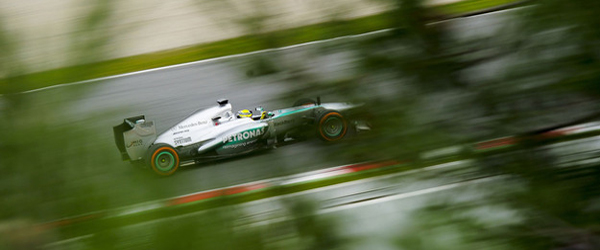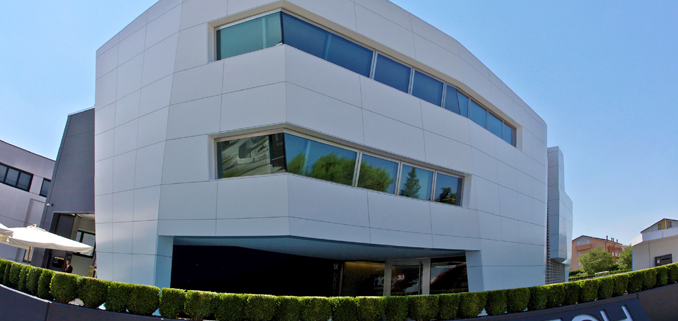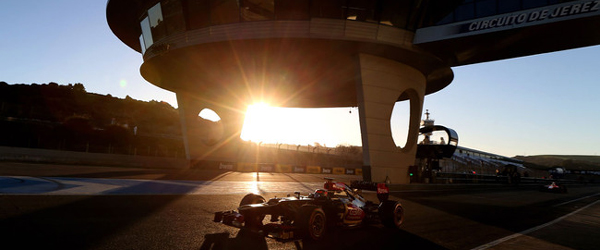Gian Carlo Minardi “We’re at an interlocutory phase”
 The four-day-tests on the track of Barcelona ended up the second pre-season tests session. This session was characterized by bad weather conditions which affected the last day of testing during which teams usually put into practice all the work done, as analysed by Gian Carlo Minardi.
The four-day-tests on the track of Barcelona ended up the second pre-season tests session. This session was characterized by bad weather conditions which affected the last day of testing during which teams usually put into practice all the work done, as analysed by Gian Carlo Minardi.
“Teams started to make amendments to be ready for the last session of testing and the first GP. It’s very hard to say if teams used cars to their full potential. What is almost clear is that it is quite hard for teams to manage soft tyres. I still remember what Paul Hembery said when new tyres were introduced; he pointed out the will (or need) to make the race even more interesting”, said the manager from Faenza.
“In the second half of the past season, teams equalized their performances on medium/hard tyres. Drivers pitted according to regulations. Comparing times in the first few laps of the long run with times in the last laps, we could notice sudden performance downfalls within a short time. It will be extremely hard but important to set the right time to pit. So, in the first GP it will be interesting to see different strategies. We’re still living an interlocutory phase and the four-day- testing session was interrupted by bad weather conditions. Generally, the last day of testing shows the results of the work done during the previous days, but this time it wasn’t possible.”
The tests at Barcelona confirmed a compression of times, as 7-8 teams crossed the line within one second.” Therefore, it will be so interesting to see what it will be going to happen during the third and last session of testing (from February 28 to March 3), to be held on the track of Barcelona, again. We will see how much teams will show their cars’ performances; I think they will be going to make separate tests in order to avoid opponents to take advantage of each car’ strengths and weaknesses. We’ll have two GP so close to each other (Australia and Malaysia), and then three weeks after the Malaysian GP, there will be the Chinese GP, where we’ll see amendments.”
The Ferrari gets people to discuss again: “We’re at the end of a cycle. It could be the result of a car built thanks to a cutting edge wind tunnel. Most of the mistakes made in the past season were certainly linked to an imperfect wind tunnel”, ends up the ACI CSAI supervisor.









